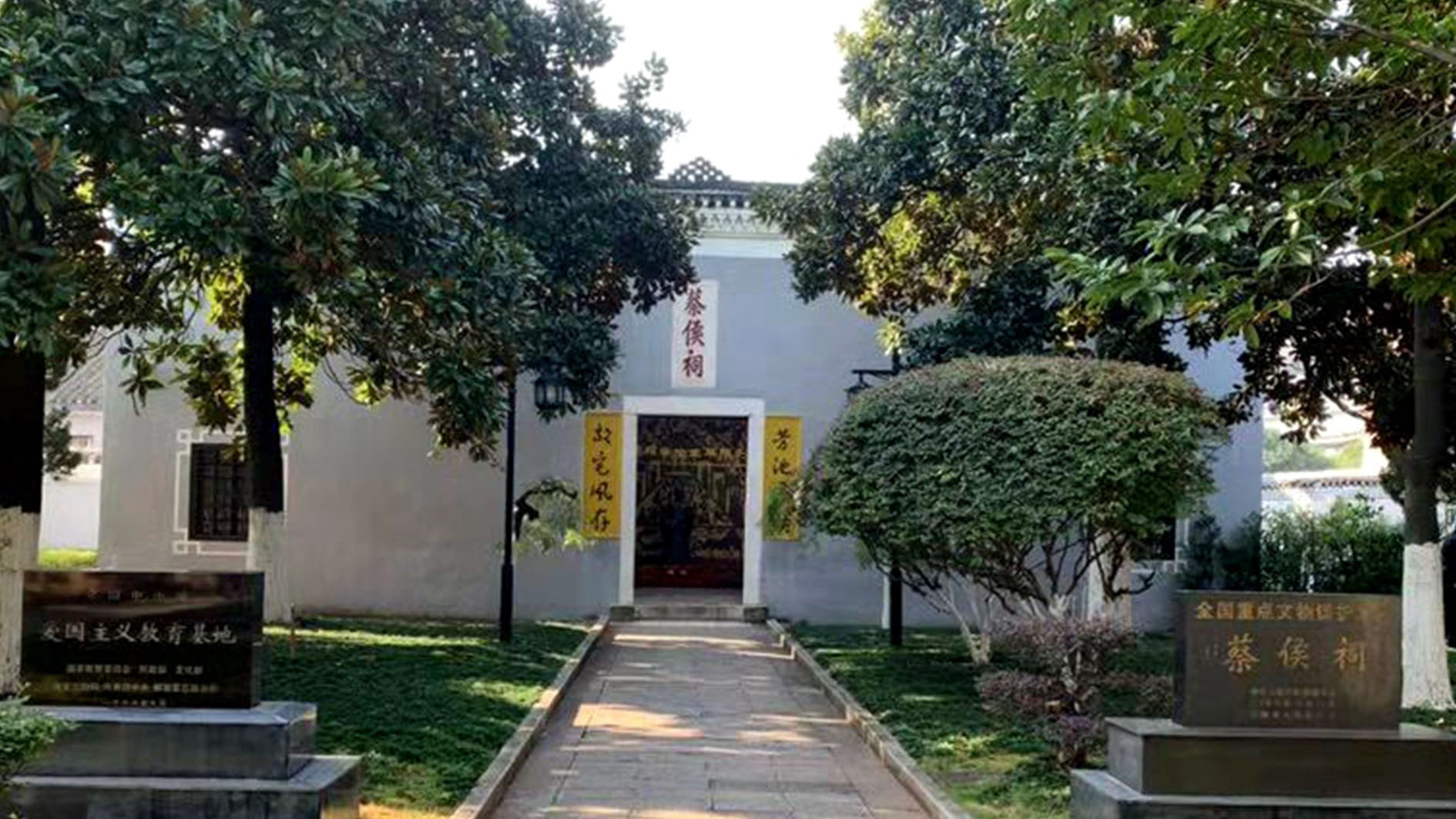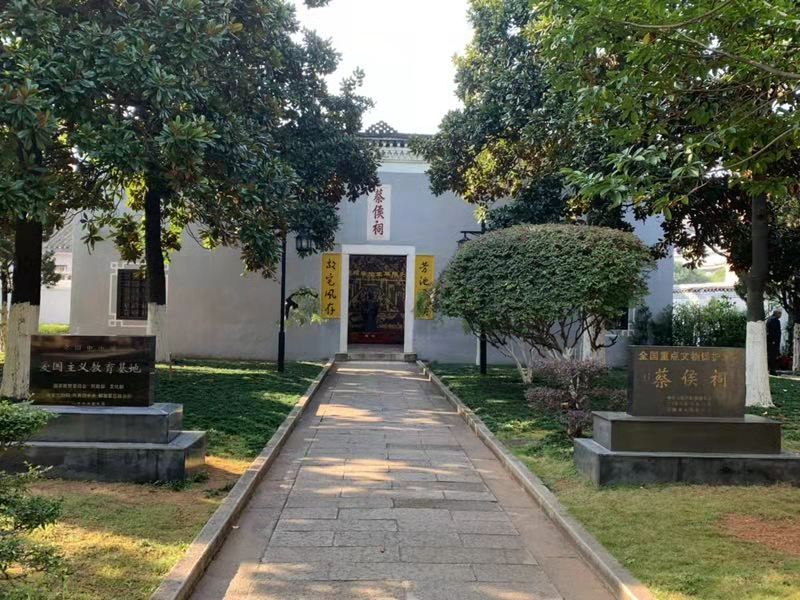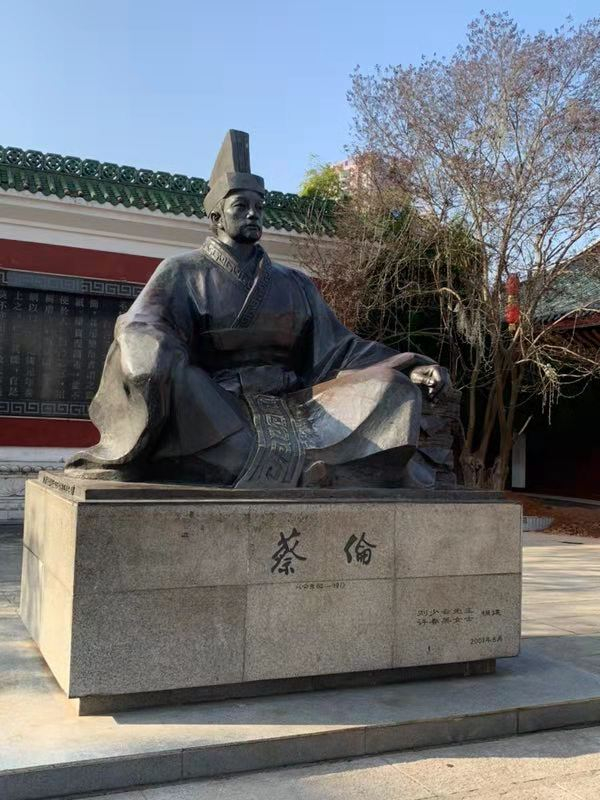
Culture
16:10, 12-Dec-2018
Reporter’s Diary: How did the No.1 Chinese Invention come about?
Updated
15:22, 15-Dec-2018
Sun Ye
02:28

How did Cai Lun invent the technique to make paper? Did he also have a moment where an apple fell from the tree?
These are my biggest questions coming to the paper inventor's hometown, Leiyang city, in eastern Hunan province in late November.
I had expected the story of his inspirations for paper-making during the Han Dynasty to be well recorded, but Cai Dechu, the most respected researcher on Cai Lun's life (no relation) and former director of the Cai Lun Memorial Hall, said it was not at all like that.
"You're too romantic," he dismissed my question's eureka moment.

The entrance to Cai Lun Memorial Hall in Leiyang. /CGTN Photo
The entrance to Cai Lun Memorial Hall in Leiyang. /CGTN Photo
In fact, the invention was a painstaking process.
"Cai Lun, as a court eunuch, had been on the hunt for a better recording material for a very long time," Cai Dechu said. Before Cai Lun's paper came into being, people usually used cumbersome wooden and bamboo slips or costly silk.
"We use an ancient term - a man has acquired knowledge from five cartloads of books (a compliment for one's knowledge). That refers to books on wooden slips," the researcher said. "It's simply inconvenient to keep that up."
Cai Lun resolved to find a better alternative to the slips and silk.

Cai Lun's statue at Cai Lun Memorial Hall in Leiyang. /CGTN Photo
Cai Lun's statue at Cai Lun Memorial Hall in Leiyang. /CGTN Photo
He had the goal, but it would be some 10 years until he found the solution, according to the expert.
"He had a rough idea of how it could work, but still had to scout around the region looking into different kinds of plants, experimenting with different combinations."
Finally, Cai Lun concocted his version of paper from a mixture of mulberry leaves, fishnets, and old rags. It was so cost effective that such paper-making quickly caught on throughout China.
Cai Dechu said the invention could only emerge through such assiduous study and research.
The story, though not as glamorous and memorable as I had imagined, is told to local primary and middle schoolers, who regularly come to paper-making workshops and the Memorial Hall as part of their extracurricular activities. As local cadres told us, it's hoped that Cai Lun's spirit of invention could continue to inspire the generations to come.
(Photographer and video editing: Shen Hui, Chang Yuanyang)

SITEMAP
Copyright © 2018 CGTN. Beijing ICP prepared NO.16065310-3
Copyright © 2018 CGTN. Beijing ICP prepared NO.16065310-3